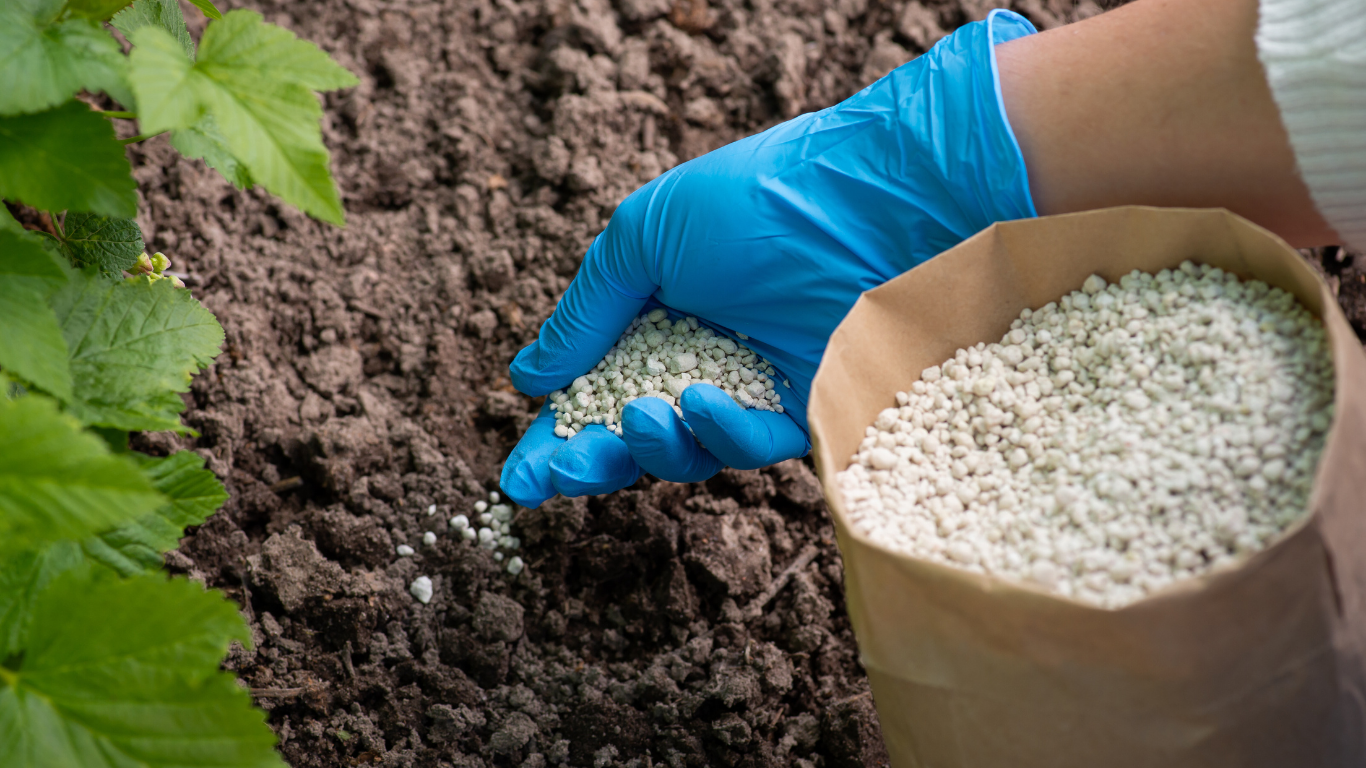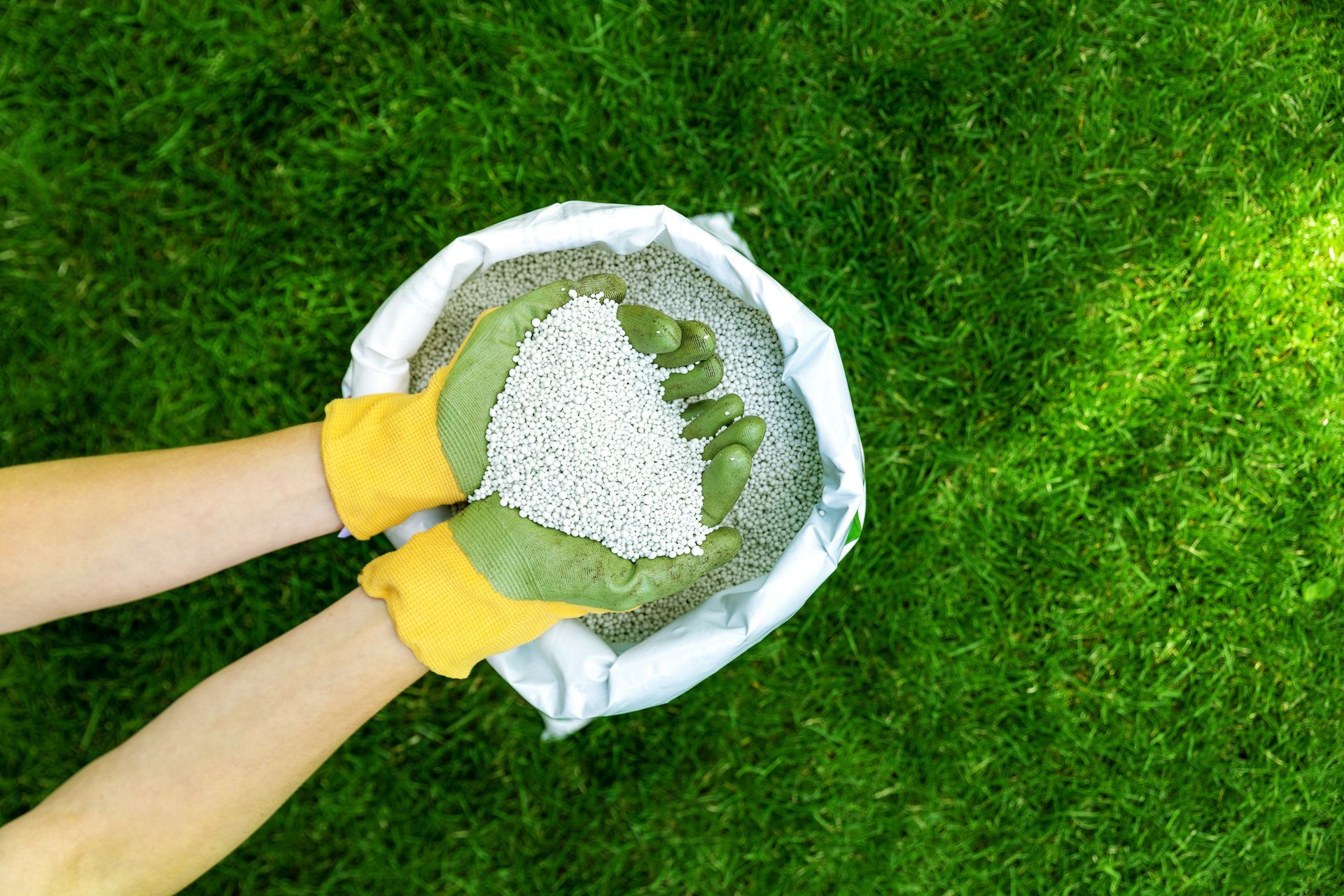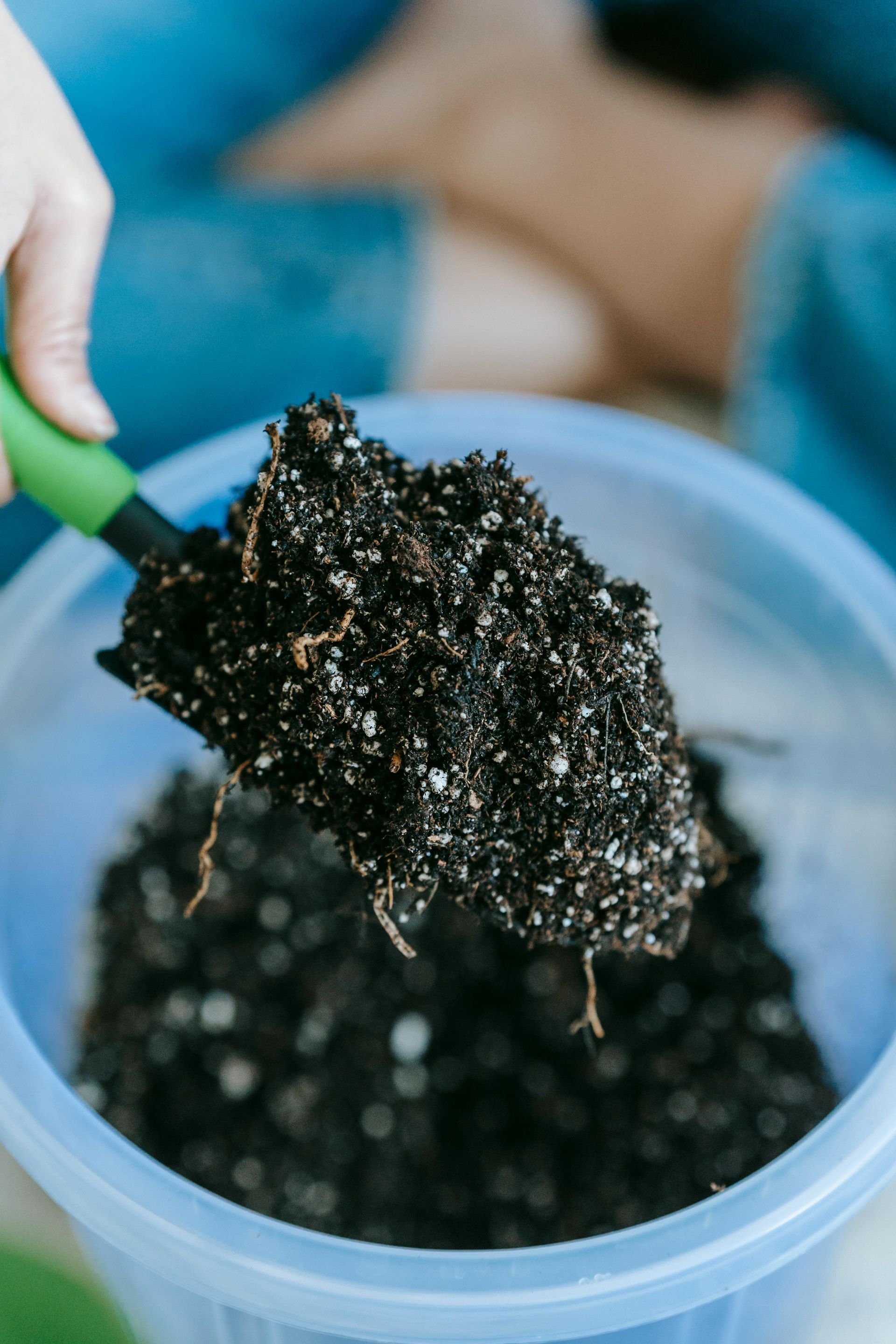How to Start a Wildlife Food Plot in Louisiana
How to Start a Wildlife Food Plot in Louisiana

If you’re a hunter, landowner, or wildlife enthusiast in Louisiana, creating a wildlife food plot is one of the most effective ways to attract, support, and manage local game populations. A well-planned food plot not only improves hunting success but also contributes to long-term wildlife health on your property.
At Highland Growers LLC in DeRidder, LA, we help Louisiana landowners every season with seed selection, soil testing, and fertilizer recommendations designed specifically for food plot success in our region.
This guide walks you through everything you need to know to start your own food plot—from picking the right site to preparing the soil and choosing the best seed and fertilizer for Louisiana conditions.
What Is a Wildlife Food Plot?
A wildlife food plot is a designated area of land where crops are planted to provide nutrition for wild animals, primarily deer, turkey, and other game species. Unlike natural foraging areas, a food plot is intentionally planted and maintained to offer reliable food sources throughout the year.
There are two main types:
- Hunting Plots: Small, strategically placed to attract animals during hunting season.
- Nutritional Plots: Larger plots designed for year-round feeding and herd health.
In Louisiana, food plots are especially important during fall and winter, when native food sources decline.
Step 1: Choose the Right Food Plot Location
Selecting the right location is critical to your success. Here’s what to look for:
- Accessible but low-traffic: Deer prefer areas that are undisturbed and quiet.
- Good sunlight: Most food plot seeds need at least 6 hours of sunlight per day.
- Adequate drainage: Avoid low-lying areas that stay soggy.
- Natural cover: Look for sites near bedding areas or travel corridors.
If possible, create multiple small plots instead of one large one to encourage more movement across your property.
Step 2: Test the Soil Before Planting
Many Louisiana landowners skip this step—and it’s a costly mistake. A professional soil test helps you understand:
- pH level (ideal range is 6.0–7.0 for most wildlife crops)
- Nutrient levels (especially nitrogen, phosphorus, and potassium)
- Organic matter content
- Recommendations for lime or fertilizer
At Highland Growers, we offer affordable, local soil testing and provide tailored nutrient plans for food plots.
Step 3: Adjust pH and Fertility
Most Louisiana soils tend to be slightly acidic, especially in forested or sandy areas. If your pH is too low, your plants won’t absorb nutrients efficiently—no matter how much fertilizer you apply.
Based on your soil test, you may need:
- Lime: To raise pH into the optimal range
- Fertilizer: Balanced NPK blends (Nitrogen–Phosphorus–Potassium) tailored to your chosen crop
- Micronutrients: Sulfur, zinc, or boron may be needed for certain blends
We can create custom fertilizer blends based on your exact soil needs. This ensures you aren’t wasting money—or harming the environment—with unnecessary applications.
Step 4: Prep the Plot Site
Once your soil is amended, it’s time to prepare the site. This step depends on whether you’re going no-till or doing a full conventional prep.
Option 1: Conventional Method (Tilled)
- Brush hog or mow existing vegetation
- Spray herbicide to kill unwanted growth
- Till the soil to a depth of 4–6 inches
- Level and firm the seedbed before planting
Option 2: No-Till Method (Low Impact)
- Mow existing vegetation short
- Apply a burn-down herbicide (glyphosate-based)
- Broadcast seed directly into dead vegetation
- Roll or press with a cultipacker or ATV tires
No-till methods work well in remote plots, reduce erosion, and retain soil moisture—especially helpful in sandy soils around DeRidder.
Step 5: Choose the Right Food Plot Seed for Louisiana
Different seed blends attract different game species and perform better depending on your season, soil, and goals.
Top Wildlife Seeds for Louisiana Plots:
| Seed Type | Best Season | Benefits |
|---|---|---|
| Clover | Fall/Spring | Perennial; high protein for deer |
| Winter Wheat | Fall | Fast-growing; attracts deer and turkey |
| Oats | Fall | Great for early-season attraction |
| Brassicas (turnips, radishes) | Fall | Excellent late-season food source |
| Ladino or Crimson Clover | Spring | Long-lasting; good nitrogen fixer |
| Chicory | Spring/Summer | Deep-rooted; drought tolerant |
| Soybeans or Cowpeas | Summer | High protein; ideal for antler growth |
Highland Growers carries seasonally curated food plot seed mixes, and we’ll help you choose based on your soil, pH, and wildlife goals.
Step 6: Apply Fertilizer and Lime
Once seeded, apply fertilizer according to your soil test recommendations. If you didn’t test, a general starter fertilizer like 13-13-13 or 10-20-10 can work, but a custom blend will always give better results.
Application Tips:
- Apply fertilizer
just before rain or
lightly incorporate it into the soil
- If using lime, apply it
weeks in advance of planting to allow pH changes to take effect
- Avoid overapplying nitrogen, especially with brassicas, which can cause excessive leaf growth but poor root development
Ask us about delivery or spreader rentals for your property.
Step 7: Maintain the Plot
A food plot isn’t “set it and forget it.” To keep it productive, you’ll need to:
- Re-fertilize as needed, based on plant growth and rainfall
- Mow clover plots in spring and summer to encourage new growth
- Control weeds with herbicide or mowing
- Rotate crops annually to reduce disease and pest issues
For perennial plots like clover, applying fertilizer twice a year and mowing every 6–8 weeks helps maintain health and palatability.
Common Mistakes to Avoid
- Skipping soil testing: It’s the foundation of success
- Using the wrong seed for the season: Brassicas planted too early may bolt
- Overcrowding plots: Leads to poor germination
- Planting too deep: Most food plot seeds need shallow coverage (1/4" or less)
- Poor timing: Ideal planting times are early October (fall plots) and April–May (spring plots)
Wildlife Food Plot FAQs
When is the best time to plant a food plot in Louisiana?
- Fall plots: Plant in
late September to early October
- Spring plots: Plant in
late March through May, depending on rainfall
How big should my food plot be?
Even ½ acre can attract game if it’s well-placed. Ideally, create several small plots (¼ to 1 acre each) across your land.
Can I plant a food plot without tilling?
Yes. No-till plots are growing in popularity and work well when done correctly. Use herbicide and a cultipacker to ensure good seed-to-soil contact.
What’s the most important thing to get right?
Soil testing and seed-to-soil contact are the top two priorities for a successful wildlife plot.
Partner With Highland Growers for Food Plot Success
Creating a productive food plot in Louisiana isn’t just about throwing seed on the ground—it’s about planning, preparation, and support. At Highland Growers, we provide everything you need for a successful food plot season:
- Wildlife plot seed blends tailored for Louisiana
- Custom fertilizer and lime
- Soil testing and nutrient recommendations
- Sprayers, spreaders, and other equipment
- Advice from local experts who understand our region
We proudly serve landowners, hunters, and farmers across DeRidder and Beauregard Parish. Whether you’re prepping for hunting season or building a year-round wildlife haven, we’re here to help.





